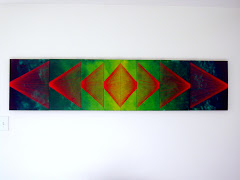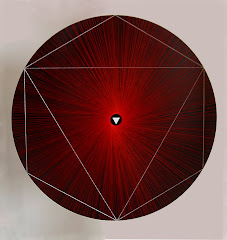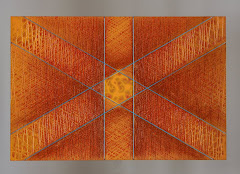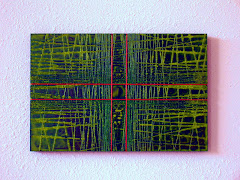Prelude to Another Prelude
In keeping with my last posting here I have a new Kundalini observation to share. I previously mentioned the curious physical phenomenon I associate with my developing Kundalini process - the toe tingles, and the low illumination visual perceptions of dancing lights. Not long after those arose yet another related surprise made itself known, a pattern of lovely tingling nerve sensations running down my arms and into my hands and fingers. Subtle at first, these sensations now are quite strong and consistent, often signaling the beginning of a transition to a whole body prana/nerve explosion. All of these experiences are available to me at most any time, though the intensities vary from day to day. Yet in the long run there seems to be a steady increase in those intensities, suggesting a developmental arc, the goal of which is not yet apparent to me.
BTW, this recent August 18 was the 13th anniversary of the first onset of this mystery. Quite a ride.
Prelude
Mark Rothko (1903 - 1997 was a Latvian born American painter best know for his works under the genre identified as Color Field Painting. He came into prominence in the 1950's and 60's and was an active, internationally renown painter until, after a protracted and deteriorating illness, he committed suicide.
If you're not familiar with the term, Color Field Painting is pretty much exactly as the name describes - large swatches, or fields, of pure color laid out in an abstract manner, usually on large canvases to amplify the effect. Here's one of Rothko's works:
After his death a collector of his work living in Houston built a chapel there in 1971 and installed 14 large paintings that Rothko had produced for that purpose. The interior walls were almost completely covered for 360 degrees. Known as the Mark Rothko Chapel, it was (and presumably still is) a non-denominational chapel, free of admission and open to anyone desiring to spend time in contemplation within this aesthetic environment.
From 1973 to 1976 I found myself living in Austin, Texas, about 100 miles east of Houston. I was in no way involved in an art practice at the time and knew next to nothing about contemporary visual art - a few works by Andy Warhol were probably the scope of my experience in that world. I was young and mostly directionless, proverbially still trying to find myself. The Rothko Chapel had only been up for a couple of years, and had make quite a splash in Houston; enough of a splash that word of it reached my ears in Austin. When I had a chance to visit Houston for the first time some friends urged me to make a reservation to visit the chapel site, and that I did.I was one person when I walked in, and quite another when I walked out.
It's hard to describe the experience - ineffable, as they say, though almost 50 years later still indelibly inscribed in my memory. The painting were huge, maybe 10' x 12' on average, and dark, yet incredibly subtle in the variations and nuances of color change. I was alone, and spent my allotted time standing in place slowly turning round and round and round, almost breathless, stunned to the core. I had never come close before to experiencing such a viscerally powerful visual presence.
Perhaps because I was in a directionless, seeking stage of life I was ripe for it; open and defenseless and willing. Or maybe that chapel was a true contemporary sacred site, and I experienced what many people did within those walls. In any case, when a little bell rang announcing the end of my visit I exited in something like a dream, which stayed with me for the rest of the day. I was a changed young man.
Fugue
This was, without a doubt, a whoopee experience, one between me and the work of a man 4 years dead. How did it happen? It was pure,laser-hot cultural transmission, perhaps similar to the experience of a stone-age young adult, innocent and naive, being led into the cavern of cave paintings at Lascaux, France twenty thousand years ago. And as I imagine it was for my stone-age comrade, it was transformational for me.
So now we can see not only is there whoopee in the physiosphere, and lots and lots of whoopee in the biosphere, but that whoopee does indeed enter the noosphere through cultural interaction. I've written here before of another cultural whoopee experience I had in that same young adult time frame of my life. after the first reading of Tolstoy's War and Peace. I've had several since then - for example my first hearing of Beethoven's Opus 111 piano sonata, and the live concert experience of Benjamin Britten's War Requiem in which, upon ending, an entire audience of several hundred people were stunned into silence - nary a clap or bravo for at least a full minute, followed by a spontaneous and sudden thunderous applause.
These whoopee moments don't just come and go, like an ice cream cone on a hot summer afternoon. It's my contention that they become a part of you, a living part that ceaselessly works on your personality structure, invisibly shaping and forming what you are to become. Sometimes consciously, but mostly unconsciously or at best subconsciously, these experiences accumulate, each one entering into the process of your becoming, joining in the little workshop of your ever-changing life. All of it driven by whoopee.
A process it is, and there is something about process that is always true - it happens over time, past to present to future. Or should we call it past-present-future?
To be continued...







.jpg)